When the Communist Party of Russia came to power in 1918, they set up a newspaper that would be their official organ of propaganda until the collapse of the Soviet Union in 1991. They called it “Pravda,” which is Russian for “Truth.” With its eventual monopoly on news, “Pravda” sought to define all of social reality for Russians, depriving alternative voices of any oxygen or standing. In 2022 Donald Trump set up his own media platform to disseminate his views without fear of silencing or contest. He called it “Truth Social.” (Now in all caps: TRUTH SOCIAL.)
Observers should not be surprised that he has instinctively copied the Communist Party’s strategy, since his support for Vladimir Putin is well-known. This is just one more example, though veiled for those who may not know Russian.
What is important to observe is that all tyrants and totalitarians immediately seek to redefine social reality in order to stifle the possibility of dissent. That is, they seek to choke off the intellectual basis for public life. They know that genuine public life, and the republics that arise from it, depends on people’s immediate access to a truth that transcends their particular arguments. The source of this truth may be science, sacred texts, or some ancient tradition, but it must truly transcend current power dynamics and be immediately accessible to participants. In the words of the American founders, it must be “self-evident.”
What this means is that statements about truth in a republic have to emanate from people who are not seeking or holding political power. Truth that is subservient to power is immediately corrupted and can no longer be the basis for genuine public life. Thus, religious truth must be institutionalized separately from political or economic power. Scientific truth, such as resides in schools and universities, must also be independent of political power. The collapse of this wall of separation between truth and power is a mortal threat to genuine republican life.
In our technological age we have assumed that truth and power can be united in the effort to dominate physical reality. The search for truth is harnessed to the quest for power over the planet and other life. The struggle over truth, technology, and political power gained dramatic form during the Covid pandemic, as we all remember to our great sorrow and consternation. Our present struggle with tyrants who would claim for themselves the TRUTH is one consequence of this collapse of truth and power.
When the Roman “procurator” Pontius Pilate asked Jesus if he was the king of the Jews, and thus a clear threat to King Herod, Jesus responded that he came into the world to testify to the truth. Pilate’s contemptuous question “What is Truth?” sought to cut off all political power from the judgment of a transcendent truth. But in this interchange we come upon the heart of Jesus’s creation of an alternative reality to Roman rule and indeed to all our efforts to subject truth to power (John 18:33–38). As the author of John saw it, Jesus was a living truth—a life of free self-disposal anchored in the Creator’s Spirit—that creates a realm of witnessing to the truth we know in our hearts and which we share freely with one another. It is this kind of trustworthy public life— this ekklesia in Greek terms—that finally stands in opposition to all forms of tyranny and human domination.
This election year we Americans, especially we American Christians, have a peculiar challenge to discern the truth that sets us free for public self-governance and reject claims to truth that are simply a propaganda shield for the lust for power by the tyrants, despots, and demagogues of our time. The continued vitality of our republic hangs in the balance.

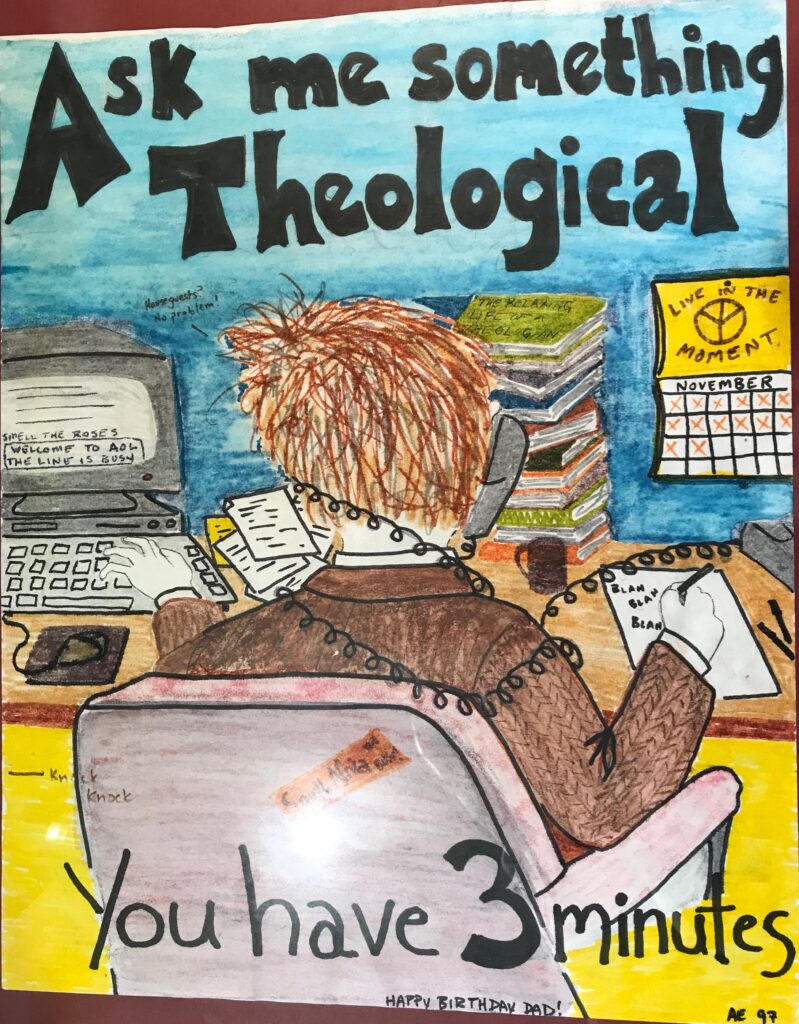
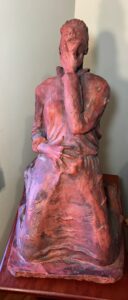
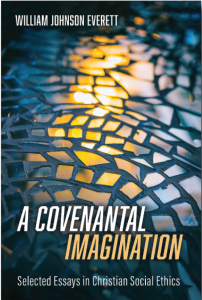
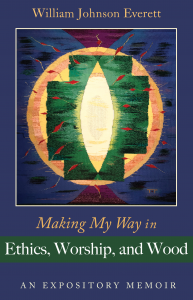
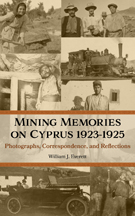
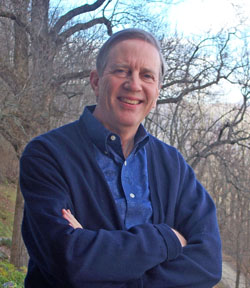
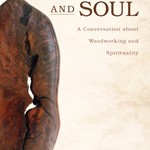
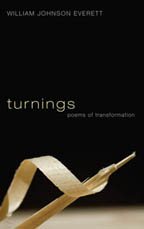
 Red Clay, Blood River
Red Clay, Blood River